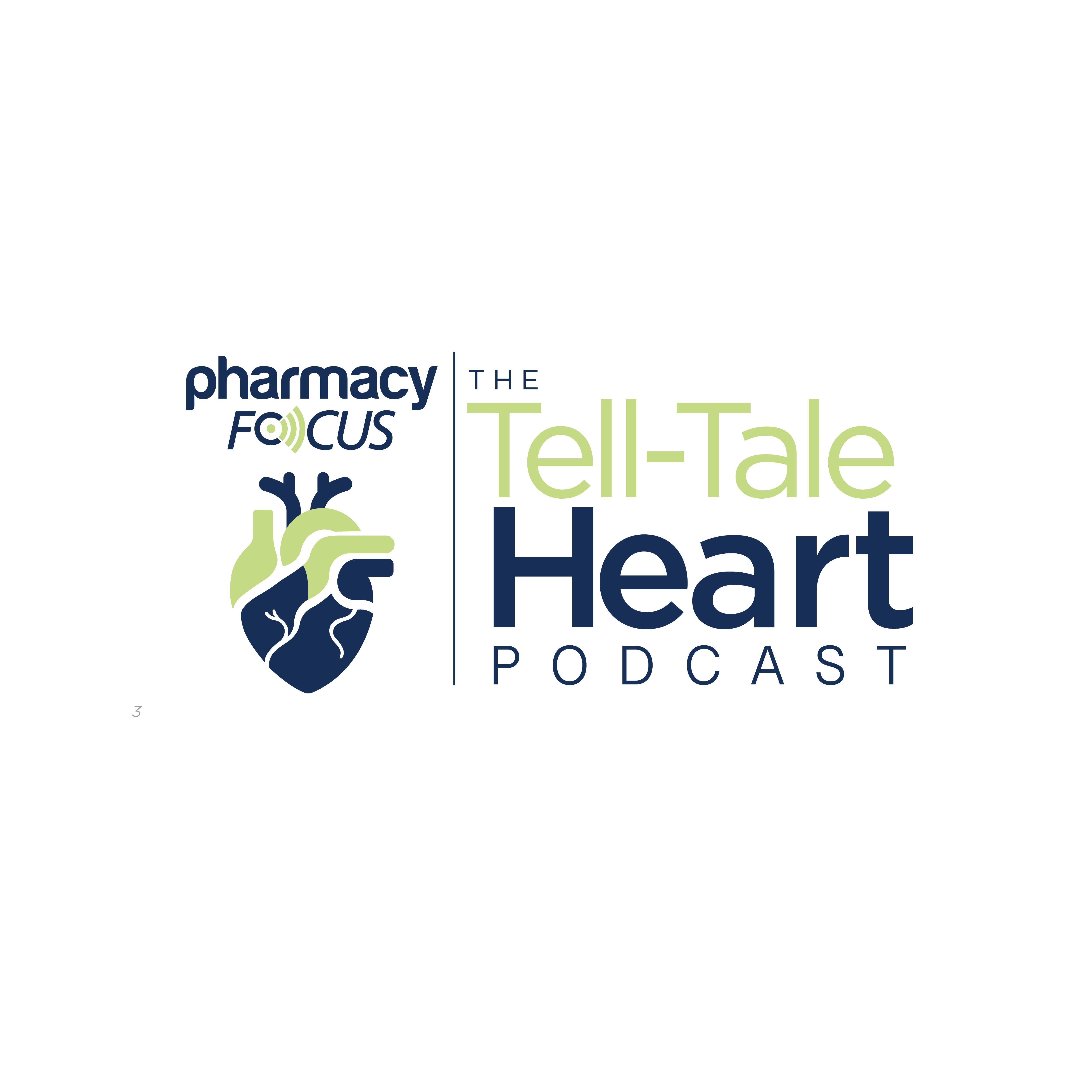News
Article
Asembia AXS25: Pharmacists Continue to Expand Clinical, Collaborative Role in Health Care
Author(s):
Key Takeaways
- Pharmacists have evolved into key clinical partners, expanding their roles into complex care management and monitoring across various medical conditions.
- Technological advancements, including AI and machine learning, are set to revolutionize pharmacy practice, enhancing workflow efficiency and patient care.
At Asembia’s AXS25 Summit, Shea Hudson spotlighted how pharmacists are transforming into essential clinical partners through advanced technology, patient advocacy, and value-based collaboration.
Pharmacists have evolved into indispensable clinical partners through the development of new technologies, increased patient advocacy, and value-based collaboration, all while adhering to the goal of getting medications into the hands of patients that need them, according to Shea Hudson, chief operating officer, Optum Pharmacies, Optum Rx. Hudson’s presentation was part of a general session titled “The Evolving Role of the Pharmacist,” presented on April 29 at Asembia’s AXS25 Summit in Las Vegas, Nevada.1
Image Credit: © Yuri Arcurs/peopleimages.com - stock.adobe.com

“I’ve been passionate about pharmacy since I was 12 years old,” Hudson said to begin her presentation, a fact that shone throughout and serves as the basis for her advocacy. Hudson explained how immensely pharmacy as a profession has changed since her childhood. She cited an example: in the 1990s, there were about 30 medications considered specialty on the market, while now, there are over 500 medications that treat several thousand disease states.
“This acceleration of the pipeline really led to the evolution of the pharmacist,” Hudson claimed.
From Dispensers to Clinical Caregivers
As the specialty pipeline has transformed at such a rapid pace, the role of pharmacists has evolved correspondingly. Today, pharmacists are much more than simply medication dispensers and a friendly face behind the counter, though those facets are still part of their expertise. Now, they are expected to engage in patient-specific research, learning, and training to provide quality care to often exhausted, nervous patients and their families.
Hudson expressed confidence in the ability of pharmacists to continue adapting to changes as they arrive. She noted their multifaceted ability to be “tremendous” teachers, trainers, and advocates for patients.
“Pharmacists help provide complex care management and ongoing monitoring, as well as observing patient outcomes, with services available 24/7,” Hudson said. “The pharmacists of today are a key part of our overall care team,” she explained, noting how they now specialize in providing quality, continuous care to improve patient outcomes.
This care has expanded into previously untouched realms for pharmacists, including acute chronic conditions, oncology, autoimmune disorders, and neurological conditions, according to Hudson. Increased collaboration between members of the patient care team can now allow pharmacists to perform their duties directly in a primary care provider’s office, allowing for more thorough care while easing pressure on the system overall. Still, Hudson notes that, as an industry, “we don’t always make it easy for pharmacists.”
Despite the improvements in care and pharmacists taking on more clinical responsibilities, patients with rare diseases still face poor outcomes and arduous disease courses. Hudson described how a patient dealing with a rare disease may have a 4-to-5-year gap from symptom onset to finally receiving a correct diagnosis, a process that she notes can be mentally, physically, and financially exhausting.
“Every day, from diagnosis to therapy, matters,” Hudson said.
Leveraging Technological Advancements to Improve Care
Clearly, artificial intelligence (AI) and machine learning have arrived in health care and is poised to “change the health care industry,” Hudson asserted. She explained her strong belief that these technological advancements can be leveraged to revolutionize workflow efficiency and improve patient care, allowing pharmacists more time to focus on interactions with patients while leaving more mundane tasks to digital tools.
Hudson described exactly how new technologies can be utilized to provide necessary resources for pharmacists to enhance patient care. Perhaps the evolution with the greatest impact is the ability to conduct pharmacist consultations virtually; Hudson said that changes like these allow for pharmacists to meet with patients anywhere from their child’s soccer game to the comfort of their own home.
Virtual consultation, combined with enhanced research with AI and machine learning, can take specialty pharmacy care to new heights with truly optimized services, according to Hudson.
“When we allow pharmacists more time, imagine the possibilities,” Hudson explained. “Digital tools will elevate us and will make us better as an industry. And I’m here for it.”
Addressing Affordability Together
Though the role of pharmacists has rapidly changed, some of the historical problems facing patients have remained. Chief among these issues is affordability and access, which is even more evident in specialty pharmacy, according to Hudson. Specialty medications now account for 51% of prescription drug spending despite representing just 2% of total prescription volume. Furthermore, in 2023, the median annual list price for new specialty medications reached $300,000, which was a 35% increase from the prior year.1,2
These financial burdens can lead to more than just lost savings across a health system, Hudson clarifies, impacting patients directly. When a patient faces financial difficulties, they may decide to initiate harmful practices such as self-dosing, abandoning therapy, or deciding never to begin therapy at all. Not only does this put extra strain on the system, but it leads to preventable morbidity and mortality, Hudson warns.1
“Pharmacists carry a really heavy burden in taking patient care across the finish line,” Hudson said. “So how can we help them?”
Ultimately, the solution comes down to working together to ensure value-based care, Hudson declared. Of utmost importance will be shifting the current pharmacy care model away from being focused on profits and towards a system “focused on proactive, collaborative, high-quality care” that ensures patients aren’t left behind.
“The entire care team leans in and helps each other every single day to help make sure patients receive the care they need,” Hudson concluded. “There is no solo win in health care.”
REFERENCES
1. Hudson S. “General Session | The Evolving Role of the Pharmacist.” Presented: Asembia’s AXS25 Summit; April 29, 2025; Las Vegas, Nevada.
2. Beasley D. Prices for new US drugs rose 35% in 2023, more than the previous year. Reuters. Published February 23, 2024. Accessed April 29, 2025. https://www.reuters.com/business/healthcare-pharmaceuticals/prices-new-us-drugs-rose-35-2023-more-than-previous-year-2024-02-23/
Newsletter
Stay informed on drug updates, treatment guidelines, and pharmacy practice trends—subscribe to Pharmacy Times for weekly clinical insights.






